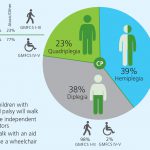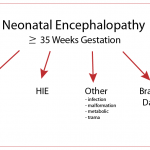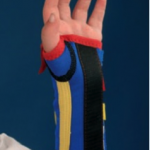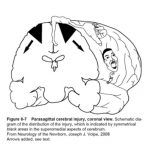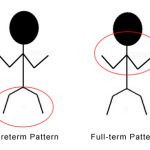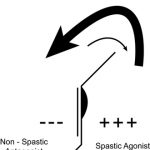The ability of a child with cerebral palsy to walk independently or with an aid depends upon which parts of the body are affected [topography] and the severity of the […]
Hypoxic Ischemic Encephalopathy [HIE] or Neonatal Encephalopathy [NE]?
You have heard me argue against using generic terms like Cerebral Palsy as a final diagnosis, so you may be surprised that I am favoring the newer term Neonatal Encephalopathy […]
Quick Fixes for 2014 – Stabilize the Wrist and Thumb
Happy New Year. I am starting off the year with some tips and tricks to get you the “biggest bang for your buck” in the shortest possible time. It is […]
Intrathecal Baclofen Pump In Cerebral Palsy
Full-term pattern cerebral palsy comes in two varieties, one of which can be helped by a Baclofen Pump. The major indication for use of a pump in a child with […]
Selective Dorsal Rhizotomy (SDR) in Cerebral Palsy
It is important to distinguish between Preterm and Full-term pattern cerebral palsy. The circles on the stick figures indicate the areas of highest tone in the two conditions. The brain […]
First the Trunk, Then the Ankle – Spasticity #5
There is a continuing debate about the use of ankle supports/braces in children with cerebral palsy. In my experience, where there are polarized opinions, it usually means that there are […]
Spasticity is a Body and Brain Habit
Spasticity is a term used to describe tone changes that are common in cerebral palsy. Unfortunately, it is a generic term that is effectively useless when applied to a specific […]
